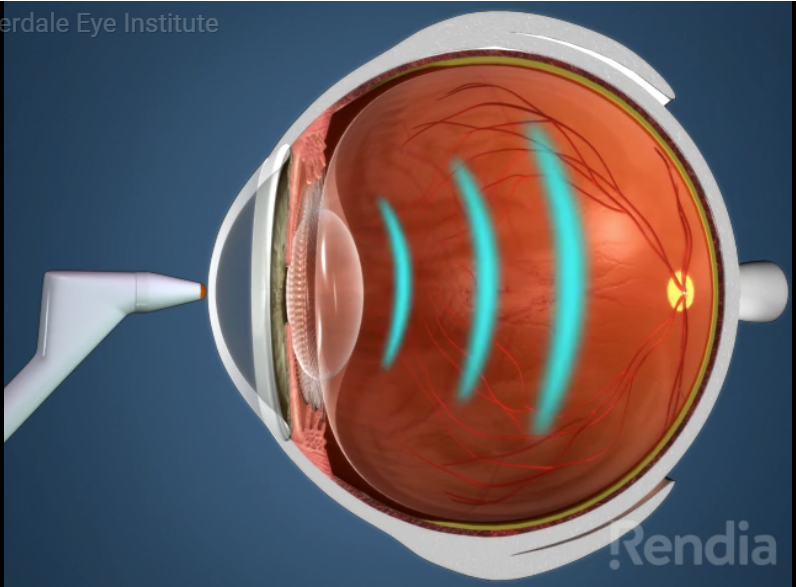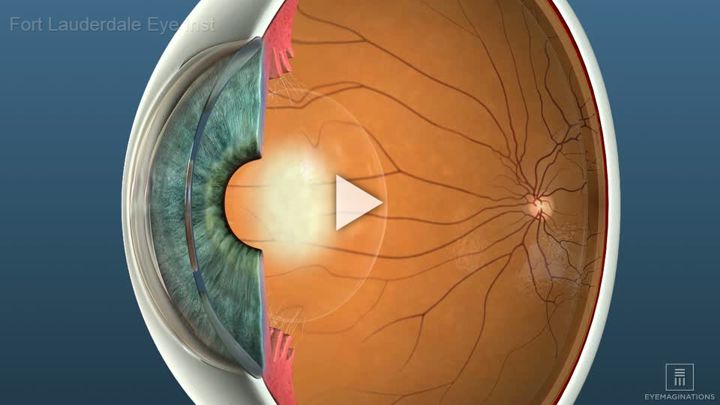Project Description
Today, cataracts can be treated in a variety of ways. Initially, when symptoms begin to appear, you may be able to improve your vision with a new pair of glasses or a change in prescription. Brighter lighting may also help in the short-term. If a cataract grows large enough to impair your vision, and affect your daily activities, cataract removal is recommended.
Cataract removal is a common procedure and is safely performed millions of times each year. During the procedure, the cataract surgeon removes the clouded lens that has affected your vision, and replaces it with a clear, artificial, intraocular lens. As a result, most patients can achieve a noticeable improvement in their vision.
Cataracts do not grow back, but in some cases, the clear, thin tissue that holds the intraocular lens in place can turn cloudy, months or even years after cataract surgery, causing vision to blur again. If this happens, your doctor can easily and painlessly correct the issue, by using a laser, to create a new opening in the lens capsule. This creates a clear visual pathway, which should allow your sight to return to its previous level of clarity.








